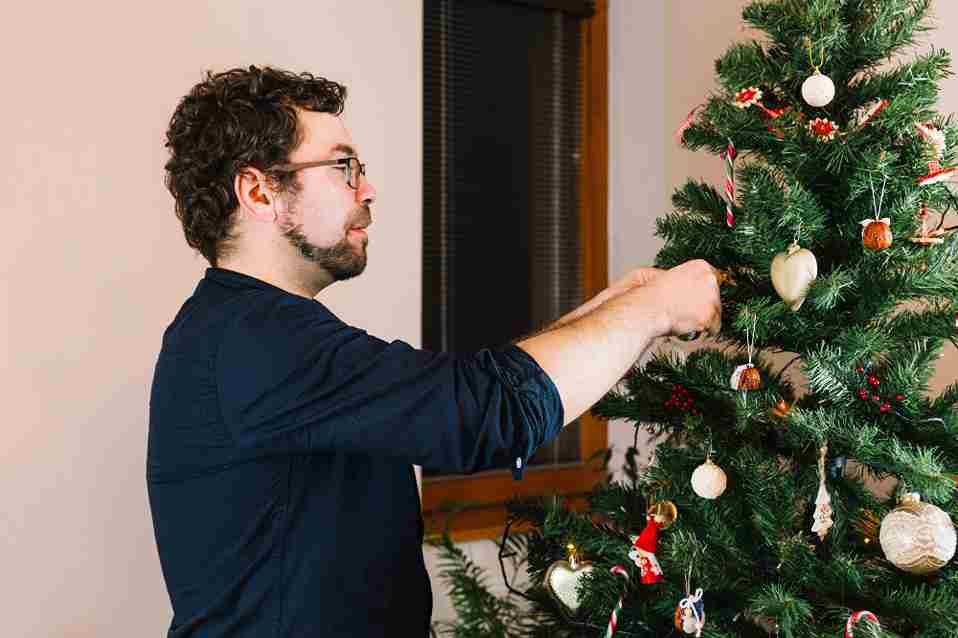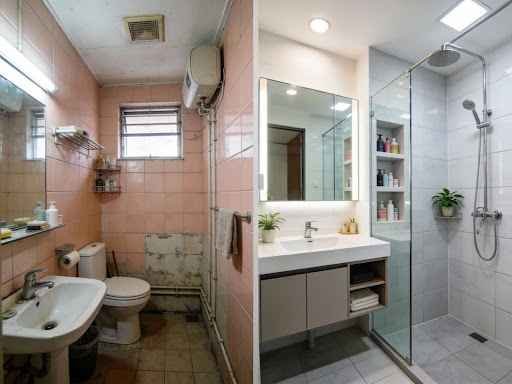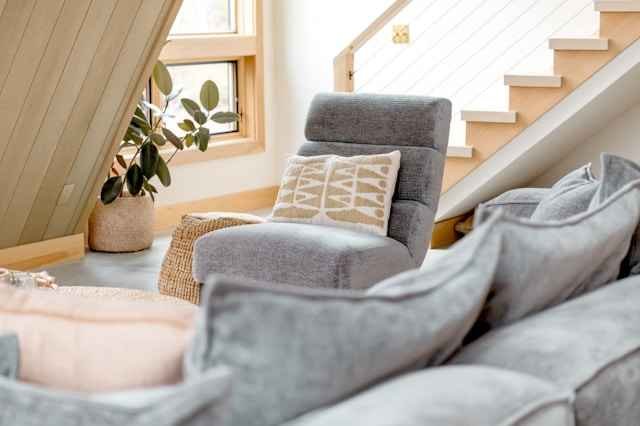You’re standing in the garden centre, staring at rows of Fraser firs while your partner scrolls through photos of pre-lit artificial trees online.
One of you is sneezing from the pine needles. The other is calculating storage space. And suddenly, picking a Christmas tree feels more complicated than assembling flat-pack furniture.
The real versus artificial debate isn’t just about looks or convenience—it’s about costs, health, safety, and yes, how much you truly enjoy the season. So let’s focus on what really matters.
The Environmental Impact
Real trees actively absorb carbon dioxide as they grow and usually come from managed farms that replant for every tree cut down.
That makes them a renewable, short-term carbon store rather than a one-off resource. When the season ends, most councils collect and recycle real trees into mulch or compost, giving them a second life instead of sending them to landfill.
Transport does matter, though. A locally grown tree keeps emissions low and stays fresher for longer, while one shipped from far away loses some of its green credentials before it even reaches your living room.
Artificial trees, on the other hand, are made from plastics that never break down and are often imported from overseas. This adds another layer of carbon cost before they’re even unboxed.
Keeping a fake tree for a decade or more does soften that footprint, but it still can’t compete with the renewable, recyclable, and naturally festive benefits of a real one.
The True Cost Over Time
Real trees are a recurring annual expense. You’ll buy a new one each year, and if you don’t already own a stand, that’s an additional upfront cost. Some areas also charge disposal or recycling fees.
Over a decade, these costs add up. But when you factor in the minimal storage needs, the overall expense of a real Christmas tree can actually be comparable or even lower than an artificial tree. This is especially true if you hire a delivery service to bring it right to your doorstep.
Plus, you can’t put a price on the authentic charm, scent, and festive experience it brings to your home.
Artificial trees require a larger initial investment and take up storage space for most of the year. While the yearly expense might feel manageable, you also have to consider storage logistics and potential replacements.
Ultimately, if you love the yearly tree hunt or have access to local farms, a real tree can offer both joy and value, making it more than just a decoration—it’s a holiday ritual worth the investment.
Health and Indoor Air Quality
This is where things get interesting, because both options affect your home environment in different ways.
Real trees can improve indoor air quality by releasing moisture into dry winter air, which helps with chapped lips, dry skin, and scratchy throats.
Their natural pine scent is a genuine mood booster, and many people associate it with positive holiday memories, giving the room a festive atmosphere that artificial trees can’t replicate.
However, real trees can harbour mould spores if stored improperly, but a good shake before bringing them inside and regular watering keep risks minimal.
In contrast, artificial trees prevent the mould risk but collect dust over the year, and older models may contain PVC stabilisers that aren’t ideal for indoor air quality.
Overall, the natural aroma, gentle humidifying effect, and authentic seasonal charm make the real options a healthier and more enjoyable choice for your home during winter.
Safety and Fire Risk
Both tree types carry fire risks, though in different ways.
A dry real tree can be dangerous, but keeping it well-watered makes it fairly fire-resistant. Daily watering and placing it at least three feet from heat sources like radiators, fireplaces, or candles keeps it safe. And if needles start dropping heavily or branches feel brittle, it’s time to let it go.
Artificial trees are often marketed as safer, and many are labelled “fire-resistant,” but they can still ignite if exposed to flames or faulty wiring. Pre-lit models add extra risk if the lights are damaged or poorly made, so careful inspection is essential.
No matter which tree you choose, never leave lights on overnight or when you’re out. With proper care, a real tree can be both beautiful and safe.
Maintenance Considerations
Beyond the big talking points, daily practicality often decides which option actually works for your household.
Real Christmas trees provide a tactile, customizable setup. You can trim branches to fit your space perfectly, adjust decorations easily, and ensure the tree is symmetrical and healthy.
Their natural needles are sturdy, meaning ornaments hang securely without slipping, unlike some artificial branches that bend or collapse under weight.
Real trees also last the entire season if properly cared for, without the risk of pre-lit electrical failures or brittle branches that can occur with older artificial trees.
Artificial trees are convenient, but they don’t offer the same flexibility. Assembly and storage can be fiddly, especially for models with multiple loose branches. Pre-lit trees can also fail partially, leaving you with lighting problems that are often difficult or impossible to repair.
Even in terms of maintenance, a well-maintained real tree can be more predictable: you can easily monitor moisture levels, check for brittle branches, and manage its placement to reduce fire risk, whereas artificial trees with hidden wiring or brittle PVC can pose hidden hazards.
Making Your Decision
With all these factors in mind, a real tree clearly offers advantages that artificial trees simply can’t match. They provide a genuine seasonal experience, from selecting the tree to decorating it at home.
Plus, their sturdy branches hold ornaments reliably, they release natural moisture into the air, and their scent instantly creates a festive atmosphere.
If you value tradition, enjoy the sensory experience of fresh pine, or want a tree that supports local growers, a real tree is the way to go.
Even with a bit of daily care, benefits like safety, longevity, ornament stability, and authentic holiday ambience far outweigh the minor inconvenience of maintenance.
For most households, the joy, authenticity, and practical advantages of a real Christmas tree make it the superior choice, year after year.
Conclusion
Well done! You’ve made it through the great Christmas tree debate without falling asleep or rage-quitting.
A real Christmas tree offers benefits artificial ones can’t match—its natural scent, seasonal freshness, and connection to local growers make the holiday truly special.
So choose your real tree now, bring it home, and start decorating. After all, the best tree fills your home with genuine festive cheer.







